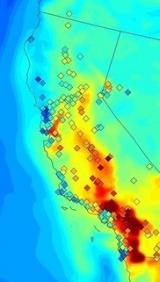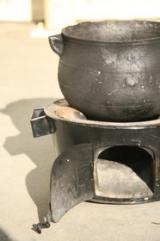Air, Climate, and Energy Research News November 2016
US EPA's Office of Research and Development provides monthly updates on ongoing research, publications, and upcoming events from its air, climate, and energy research. Below are updates released in November 2016.
Report offers strategies to reduce air pollution along roadways
EPA has released a report that can help communities understand and implement roadside barriers to reduce near-roadway pollution and protect public health. The report includes barrier design recommendations, best vegetation barrier characteristics, and the benefits of combining a vegetation barrier with a noise barrier.
Modelers can test drive updated CMAQ model
Scientists have released version 5.2 of the Community Multi-scale Air Quality Modeling System (CMAQ) for beta testing. Modelers are encouraged to provide feedback on potential improvements. A final version is scheduled for release in June 2017. This newest version of the modeling system includes three major scientific advances, additional diagnostic capabilities, and several minor modifications and bug fixes.
The major new features of CMAQ version 5.2 include new treatment of organic aerosols, new windblown dust model, andnew gas-phase chemical mechanism.
Report provides life cycle analysis of cookstoves
EPA has released a report that compares the environmental footprint of current fuels used in India and China such as wood and crop residues, dung cake and coal with fuels that have a lower environmental impact such as natural gas and biomass pellets.
The report is part of EPA’s research collaboration with the Global Alliance for Clean Cookstoves to advance clean fuels and cookstove technology globally.
New C-FERST tool helps communities with environmental concerns
C-FERST, a new online screening tool, is now available to help communities learn more about their environmental issues and health risks, including exposure to air pollution. There are several components to C-FERST that allow users to:
- View maps of a community’s environment and demographic characteristics
- Compare community environmental conditions
- Plan projects with community assessment guides
- Learn about environmental issues and exposure and risk reduction options.
.




